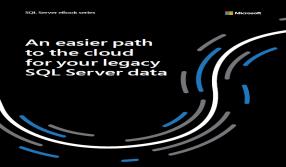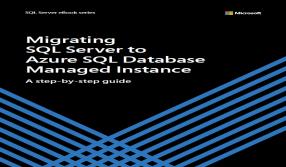How Utilities Are Deploying Data Analytics Now
- BY MYB
 In Tech And Innovate
In Tech And Innovate 13583
13583 0
0

With more information than ever before from smart meters, sensors and other traditional sources of data from their operations, utilities are sitting on a wealth of opportunity from data analytics. Utility executives see the potential to mine this data for insights, to generate insights that would be of great value for the organizations. This will happen, according to them, after they have enhanced their systems and improved the quality of their data. But they are wrong!
The moment is now; they do not need to wait. With access to tools and data, they can surely deploy production analytics and generate valuable insights to improve their ability to analyse, understand and use data for their business. There are many ways in which the utility executives are targeting several key areas for early exploration, new sources of data to improve their operations, develop topline opportunities, strengthen relationships with customers and more as discussed below:
Cost reduction
With the help of analytics, large utilities can increase their capital productivity and save millions in operations and maintenance. These expenditures can be curbed by improving operations such as by reducing call center volumes or by helping to manage vegetation along the power lines. In case of optimizing capital deployment they can do so by identifying the most efficient ways to reduce risk, by understanding their procurement better, by weighing spending against value, etc.
Reliability
Advanced analytics can also help boost reliability tremendously by preventing outages through more accurate predictions about when to replace a failing equipment, or by improving the outage response through situational awareness. For example, an automated dispatch of an issue through real-time identification and better management of overall performance, or predicting equipment failures and power-outage durations—results that can reduce costs and increase customer satisfaction.
Customer engagement
Utilities can understand their customers and their energy use better with the help of data analytics. This knowledge can help utilities design new products and services, such as demand-side management programs that reduce electricity use at peak times. Analytics also allow utilities to provide more accurate information to customers about power outages, grid updates, and repair work by field crews, all of which can raise customer satisfaction.
The Analytics Opportunity
Even if they aren’t quite sure how or where to start, utilities can get started by viewing the Big Data opportunity in terms of the complexity of the data and the analytics capabilities the organization can bring to bear. By categorizing this as three levels of progression - basic descriptive systems, moderately complex predictive systems, and more advanced prescriptive systems - utilities can build capabilities in a way that will help them achieve their data goals. It will also help them set aspirations and develop strategic plans accordingly. As mentioned before, utilities won’t have to reach the highest levels of complexity and capability before seeing returns on their efforts. A lot of value can be generated as they are in progress as well.
As their analytics capabilities evolve over the period of time, utilities will be required to adopt more rigorous standards for obtaining, storing and managing data. Cleaning up excess data is a major challenge, which requires painstaking work. One way of dealing with this mammoth task is to restructure them along common lines so they can share and effectively use the data. Another area of improvement is adopting and employing advanced modeling techniques to discover insights in the data. With these in place, utilities will complement their existing workforces with data-savvy talent that bring advanced analytics, modeling and visualization skills to bear fruition of these efforts.











